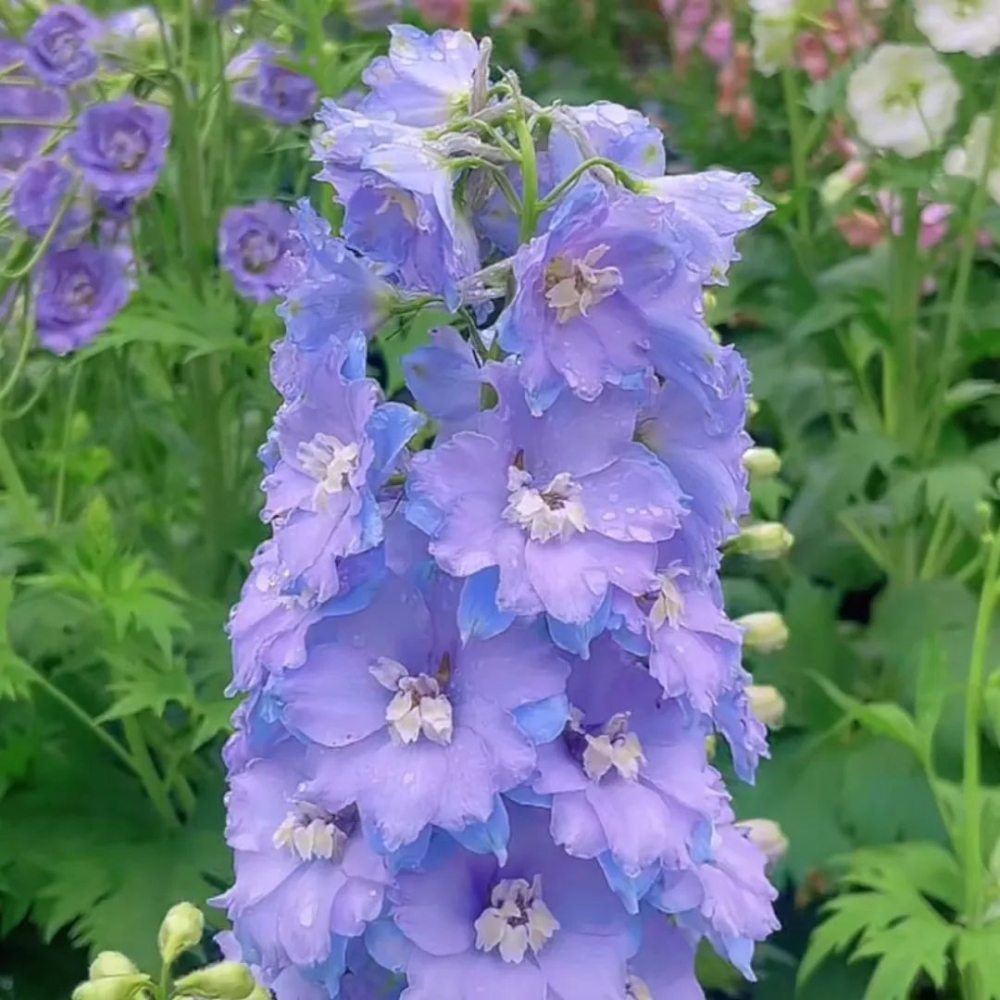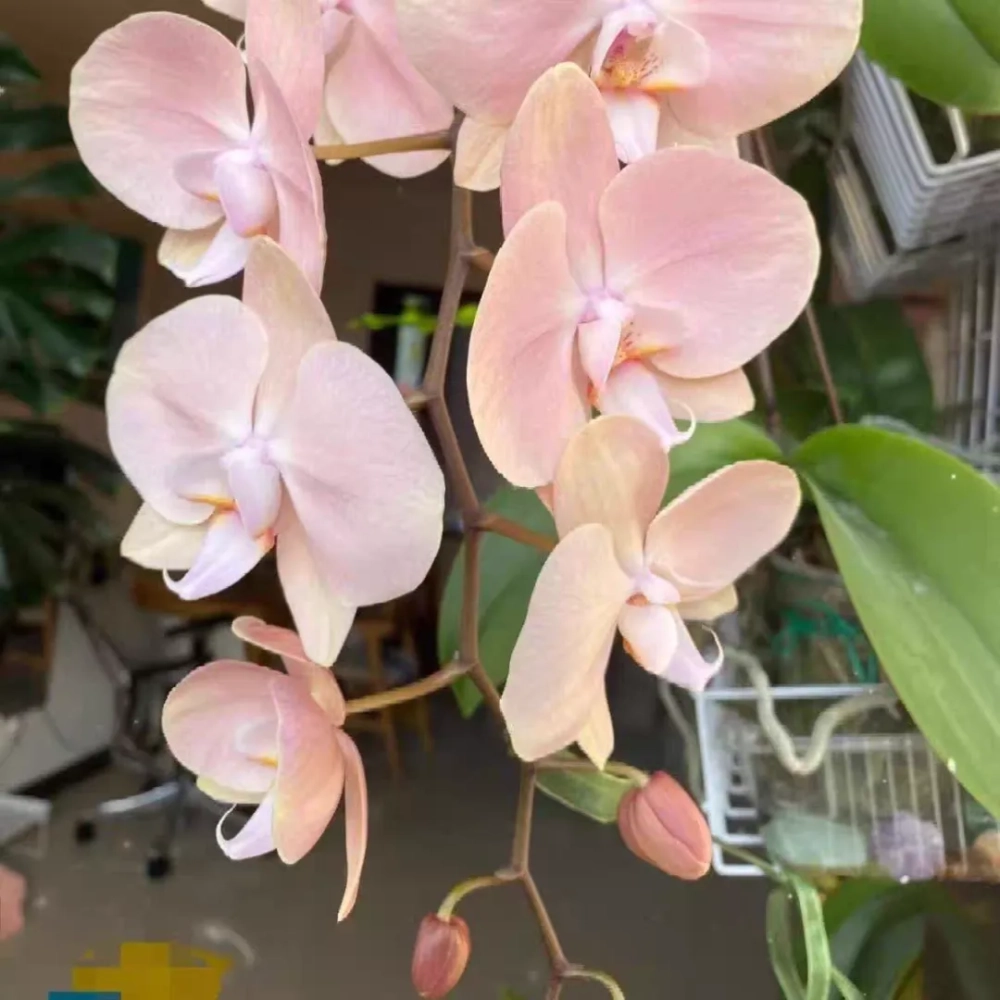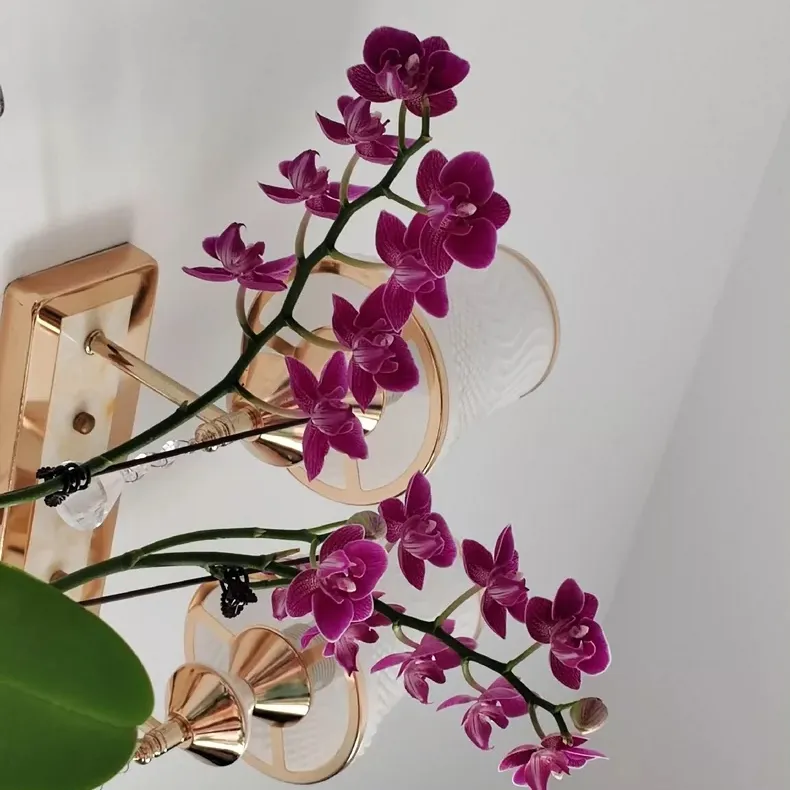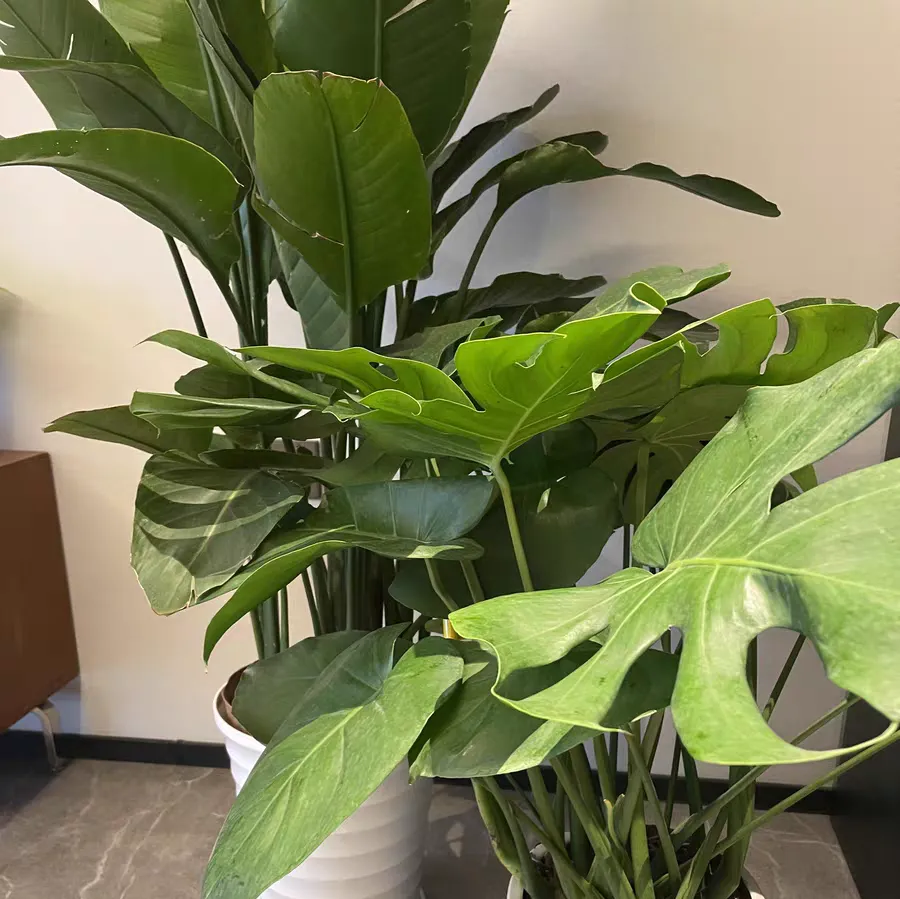Delphinium, belonging to the Delphinium genus of the Ranunculaceae family, is a perennial herbaceous plant. It gets its name from its unique flower shape, which resembles agile flying swallows, presenting a distinctive and elegant charm.
From the perspective of morphological characteristics, the stem of delphinium can reach up to 60 centimeters in height, and the leaf shape is mostly palmately divided. The flowers are usually bright in color, including various shades such as blue, purple, and pink. The flower diameter is slender, and the petals are thin and have fine textures, possessing high ornamental value.
Regarding the flowering period, the flowering period of delphinium is usually from May to August. However, the specific flowering period is comprehensively influenced by many factors. Changes in climatic conditions, differences in the planting environment, and the way of maintenance and management can all cause variations in its flowering period. In a suitable environment, delphinium can continuously bloom, adding a bright color to the garden.
When planting delphinium, the following points require special attention. Firstly, choosing the right planting location is of utmost importance. Delphinium prefers an environment with abundant sunlight and good ventilation, so an open and unobstructed position should be selected. In terms of soil, a loose, fertile, and well-drained sandy loam is the best choice.
Sowing is a common planting method, usually carried out in spring or autumn. Before sowing, the seeds need to be properly treated, for example, soaking them in warm water for a period of time to increase the probability of germination. When sowing, evenly scatter the seeds on the soil surface and then gently cover them with a thin layer of soil.
In terms of maintenance and management, the control of watering needs to be moderate. During the growth period, the soil should be kept moist, but avoid excessive moisture to prevent water accumulation and root rot. Fertilization should follow the principle of applying thin fertilizer frequently. During the vigorous growth stage, apply a thin liquid fertilizer every 2 - 3 weeks to provide sufficient nutrients for it.
Pruning is also a key link in the maintenance process. Promptly removing spent flowers can not only maintain the beauty of the plant but also promote the blooming of new flowers. In winter, the plant can be appropriately pruned by cutting off dead branches, diseased branches, and overly long branches, which is beneficial for growth in the coming year.
Furthermore, during the growth process, delphinium may be plagued by pests and diseases, such as powdery mildew and aphids. The plants need to be inspected regularly. Once pests and diseases are detected, corresponding control measures should be promptly taken, such as spraying pesticides or carrying out physical control.
When is the best time to plant delphinium for the best survival rate?

Share with
Tagged in :




Leave a Reply